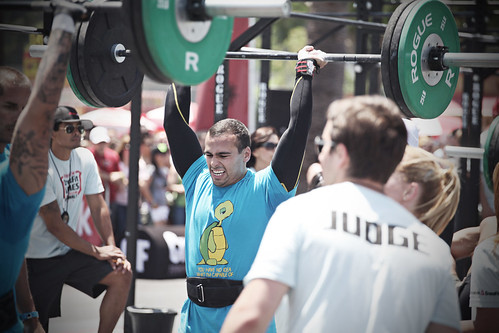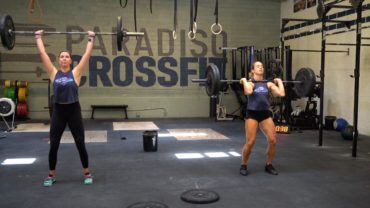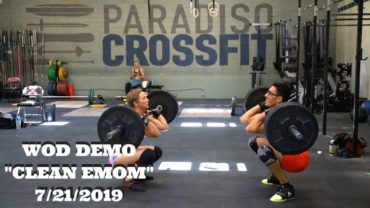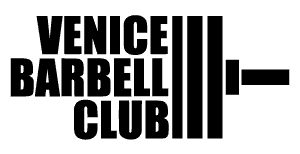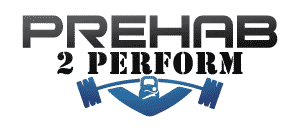Newbie Corner
EIE Challenge Homework this week is No Eating Out. With the weekend right around the corner, this is a perfect time to pull out those paleo cookbooks. See if you can substitute your favorite meal out with one that is made by you in a much healthier version. Not only will it be better for you, but much cheaper too.
Friday, February 14, 2014
Prehab:
Foam Roll Lats and Quads
10 Fire Hydrants, each leg
10 Supermans
Warmup:
5 Lat Activation each; wide, narrow, underhand close
2 Rounds:
10 Squat Jumps
10 Bar Taps
10 Wide Mt. Climber, Pause 2 sec with each leg switch
10 Bridges
Classic Strength:
A) Back Squat: 3 – 3 – 2 – 2 – work up in weight each set
B) Ring Rows: 4 x 10
Notes: The back squats should progress to a near maximal set of two if you do not know your percentages. The ring rows should be the hardest variation possible to allow movement through 10 reps. Boxes may be used to take more body weight.
Advanced Strength:
A) Back Squat: 2×3@90%, 2×2@95%
B) Strict Chest to Bar Pull Ups: 4 x ME
Notes: Ask for spotters as need for these squats. If too much assistance band is need for the chest to bar, go to strict regular pull ups or do the ring rows.
Conditioning:
10 Handstand Push Ups
30 Deadlifts (135/95)
50 Double unders
20 HSPU
20 Deadlifts (185/125#)
50 Double unders
30 HSPU
10 Deadlifts (225/155#)
50 Double unders
-17 minute cap-
Notes: The weight on the deadlifts should not be so heavy that form breaks at all through the piece. Pick a scale for the Handstand Push Ups that is difficult but allows full range of motion or perform push ups. Sub Du’s with singles (100-200).
Cool Down:
2 Minute Olympic Squat on Wall
Band Lat Stretch, 30 sec each
10 Scapular Pushups
15 Reverse Snow Angels
Joe D
This segment is for new members who are just getting their feet wet. I am here to share inside tips about exercises, form, equipment, etc, as a guide to help you ease into group class. Todays blog is going to be about weightlifting shoes, and if they are really worth buying.
Many of you may have seen other members sport shoes that look a little different than your typical sneaker. You may think that you have to be an elite athlete to use these shoes and they are not meant for someone who is just starting out that is still working with the bar for squats. Think again! These shoes can be a big help to you in developing a better lift and making fast gains. First, lets start off with the benefits.





